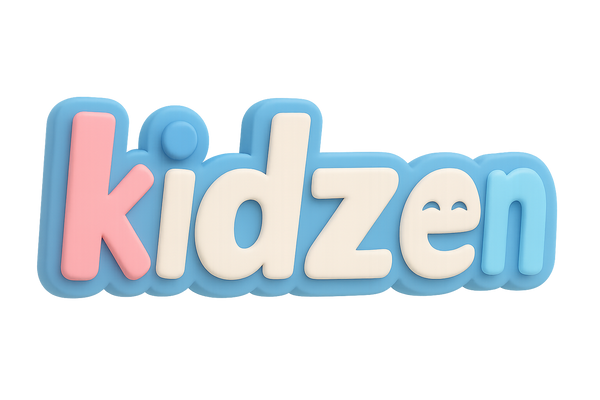
Playing Indoors, Growing Stronger – The Impact of Parent-Child Toy Play at Home
Share
In an age of screen time and packed schedules, simple play with toys at home might seem… simple. But when a parent gets down on the floor, picks up a toy, and joins their child in imaginative play, something powerful happens: brains grow, bonds form, and emotions regulate.
Let’s explore how playing with toys indoors, with a parent, benefits a child's development—according to research.
🧠 1. Cognitive Development and Executive Function
Even everyday toys like blocks, dolls, or play kitchens can spark problem-solving, sequencing, and planning. According to a study published in Child Development Research (2021), children who engage in regular parent-guided play at home demonstrate stronger executive function—including better memory, focus, and cognitive flexibility.
“When parents scaffold toy play, they help children connect ideas, label emotions, and build structure,” notes Dr. R. S. Siegler, cognitive development researcher.
💬 2. Language and Social Skills
Joint play creates a natural environment for dialogue. Children learn new vocabulary, how to ask questions, and how to narrate thoughts through play.
Research in The Journal of Applied Developmental Psychology (2018) found that verbal interaction during pretend play with caregivers significantly boosted expressive language skills and social turn-taking in preschoolers.
✅ Tip: Try asking open-ended questions like, “What should we cook next in our toy kitchen?”
🧘♀️ 3. Emotional Regulation and Bonding
Indoor play provides a calm, familiar environment where children feel safe expressing feelings. When parents participate, children feel seen, heard, and valued—key to secure attachment and emotional resilience.
A 2020 study in Developmental Psychology showed that children who experienced consistent indoor playtime with caregivers had lower levels of stress and improved emotional regulation over time.
🧩 4. Creativity and Imagination
A cardboard box becomes a spaceship. A toy train turns into a jungle rescue vehicle. At home, creativity has no bounds. Parent participation can fuel and extend imagination, encouraging storytelling and exploration.
According to Early Childhood Education Journal (2016), pretend play at home enhances narrative development and symbolic thinking, especially when adults engage as “co-players” rather than just observers.
👨👩👧 Final Thoughts
You don’t need expensive gadgets or elaborate setups. Sometimes, all it takes is 15 minutes, a toy bin, and your presence. Indoor toy play isn’t just play—it’s an opportunity to connect, teach, and grow together.
So, next time your child says “play with me,” sit down. Pick up the toy. You’ll be building more than just towers or tea parties—you’ll be building connection.
